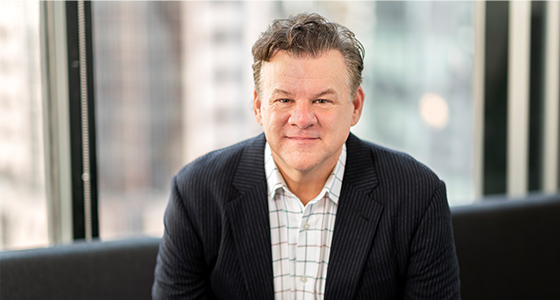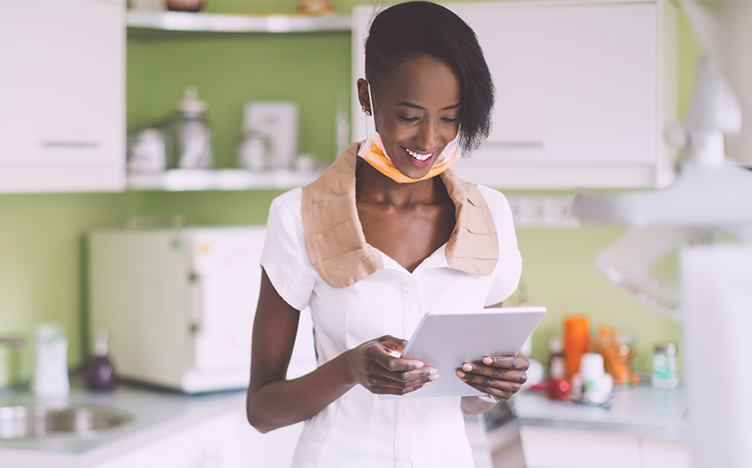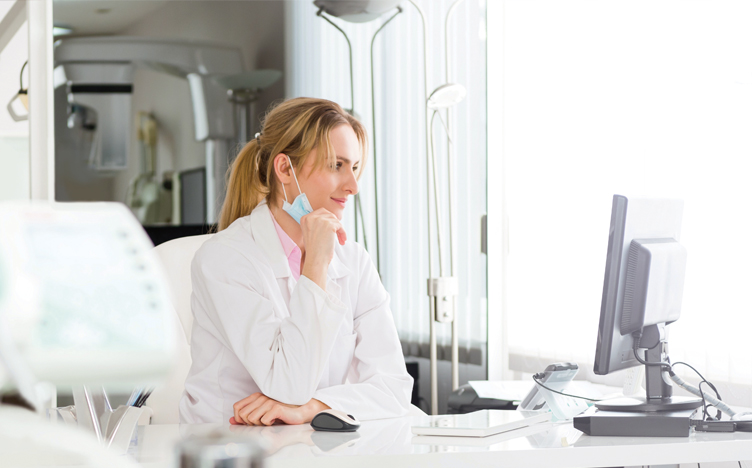As states have begun relaxing restrictions put in place at the beginning of the COVID-19 pandemic, more people are asking if it’s safe to return to their dentists. On April 30, 2020, the American Dental Association ended its recommendation to postpone dental care. To help you decide if returning to the dentist at this time is right for you, here are some guidelines for scheduling an appointment and what you can expect before and during your visit.
On topic with Dr. Croley: What should you know about returning to the dentist?
Before you schedule an appointment
• Consider scheduling a teledentistry appointment first. Teledentistry makes it possible to get a problem-focused diagnosis remotely. With a virtual appointment, your dentist will be able to determine if you have issues that require an in-office visit.
• If you have a dental emergency, such as a broken tooth, severe pain, or swelling in your face or mouth, contact your dentist immediately.
• If you have ongoing treatment, such as orthodontics, a crown fitting or treatment for gum disease, work with your dentist to establish a treatment schedule that meets your needs.
• If you have a compromised immune system or pre-existing health conditions, please refer to CDC guidelines. These guidelines are updated as our understanding of the disease and its spread changes, so it can be helpful to refer to them regularly.
Some changes to expect before your dentist sees you
• You may be asked to wait outside or in your vehicle rather than in the waiting room.
• There may be a hand sanitizer station or disinfectant supplies available when you enter the office.
• If your dentist’s waiting room is open, there may be less furniture, different furniture altogether and disposable items such as tissues or pens. Having fewer chairs and tables helps to reduce the number of surfaces that can potentially transmit COVID-19. You may also notice that difficult-to-clean items, such as children’s magazines or toys, have been removed completely.
• You may be asked to fill out a questionnaire to determine if you have any of the symptoms of COVID-19. You may have your temperature taken for the same reason.
Please note that safety guidelines can vary from state to state, county to county or even city to city. Please follow the guidance of your dentist for any additional guidelines you may be asked to follow.
Some changes to expect once you're in the chair
• You may notice new tools in the office, such as HEPA filters or air purifiers designed to help remove virus particles from the air.
• You may receive a pre-treatment rinse with hydrogen peroxide or chlorhexidine in use at your dentist’s office. These rinses may help to reduce the risk of transmitting COVID-19.
• Your dentist and office staff will likely be wearing more protective personal equipment than before. Dentists normally wear gloves, goggles and surgical masks. Now, you may see N95-rated masks, face shields, surgical caps and shoe covers as well. Additionally, you may be asked to wear a dental dam to help prevent the spread of saliva.
• Your dentist and a staff member may work on you at the same. This technique is known as four-handed dentistry. It allows your dentist to perform procedures while the staff member helps to manage the spread of saliva and saliva-based aerosols. Your dentist may have an additional aerosol evacuation system (the suction device used during dental procedures to capture excess saliva) for this reason as well.
All around the country, dentists and their staff are working hard to provide a safe and healthy environment. The experience the next time you visit your dentist may be different than you remember and may take some time to get used to, but we can all work together to manage the risks of COVID-19 and keep smiling.
Meet Daniel Croley, DMD, Delta Dental’s Vice President of Network Development. Prior to his 15-year tenure with Delta Dental, he worked for the American Dental Association and owned a private practice as a clinical dentist. With his background and oral health expertise, he’s here to offer professional guidance for the coronavirus pandemic.
The facts about teledentistry
When office visits are limited, you have an option for care.
How 3D technology aids dental care
Adjusting, repairing or replacing teeth becomes easier with 3D processes.
Connecting headaches to toothaches
Some headaches could have dental causes. Find out how mouth pain can lead to whole head pain.









